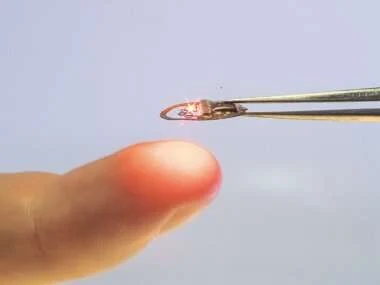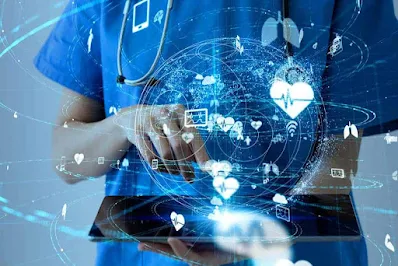In a release, the FCC noted that its order directs China Telecom Americas to discontinue any domestic or international services that it provides within sixty days following the release of the order.
“Promoting national security is an integral part of the Commission’s responsibility to advance the public interest, and today’s action carries out that mission to safeguard the nation’s telecommunications infrastructure from potential security threats,” FCC said.
“Based in part on the recommendation of the Executive Branch agencies, the Commission found that China Telecom Americas failed to rebut the serious concerns of the Executive Branch about its continued presence in the United States. In December 2020, the Commission launched a proceeding and established a process that allowed for China Telecom Americas, the Executive Branch agencies, and the public to present any remaining arguments or evidence in the matter,” FCC added.
The FCC said that China Telecom Americas, a U.S. subsidiary of a Chinese state-owned enterprise, is subject to “exploitation, influence, and control” by the Chinese government and is highly likely to be forced to comply with Chinese government requests without sufficient legal procedures subject to independent judicial oversight.
“Given the changed national security environment with respect to China since the Commission authorized China Telecom Americas to provide telecommunications services in the United States almost two decades ago, the Order finds that China Telecom Americas’ ownership and control by the Chinese government raise significant national security and law enforcement risks by providing opportunities for China Telecom Americas, its parent entities, and the Chinese government to access, store, disrupt, and/or misroute U.S. communications, which in turn allow them to engage in espionage and other harmful activities against the United States,” the FCC said.
“Although it is not necessary to support these findings and conclusions, the Order finds that the classified evidence submitted by the Executive Branch agencies further supports the decisions to revoke the domestic authority and revoke and terminate the international authorizations issued to China Telecom Americas, and the determination that further mitigation will not address the substantial national security and law enforcement risks.
According to a report by the South China Morning Post, China Telecom Americas has been operating in the U.S. for almost 20 years. The company has said its target customers are “the more than 4 million Chinese Americans; the 2 million Chinese tourists visiting the United States annually; the 300,000 Chinese students at US colleges; and the more than 1,500 Chinese enterprises in America”.
“The FCC’s decision is disappointing. We plan to pursue all available options while continuing to serve our customers,” a China Telecoms America spokesperson told Reuters.
In April, 2020, the FCC warned it might shut down U.S. operations of three state-controlled Chinese telecommunications companies, citing national security risks, including China Telecom Americas as well as China Unicom Americas, Pacific Networks Corp and its wholly owned subsidiary ComNet (USA) after U.S. agencies had raised national security concerns.
The FCC noted that China Telecom Americas is subject to exploitation, influence, and control by the Chinese government.
This action also occurs at a time when overall cooperation between the U.S.A and the C.C.P. coincides with increasing friction in trade negotiations. It also contributes ex- President Trump's decision to 'make America great again' MAGA' . The decision by the FCC also allow American IT companies to regain position in mainland USA manufacturing. It also continues with the exclusion of. Huwaii products from the U.S.A.
Along with China's expansion effort in the South China sea by building a naval base using landfill, and threatening Tawain with repatriation to the mainland.









